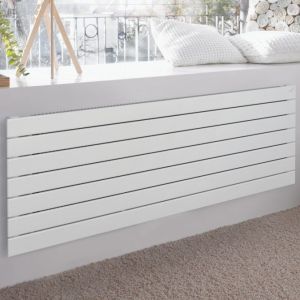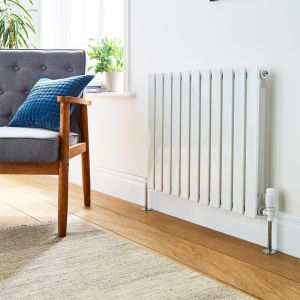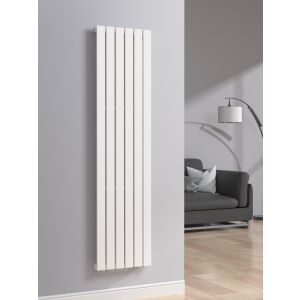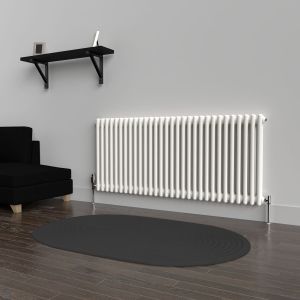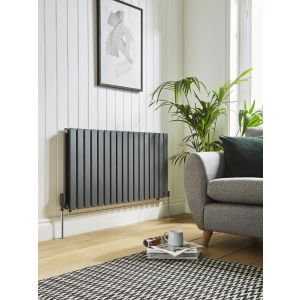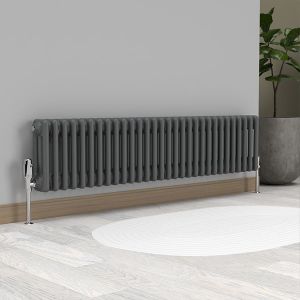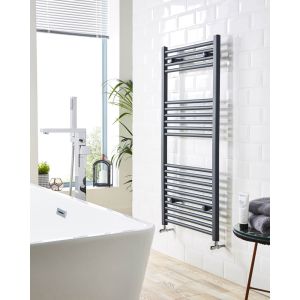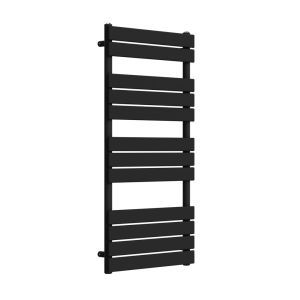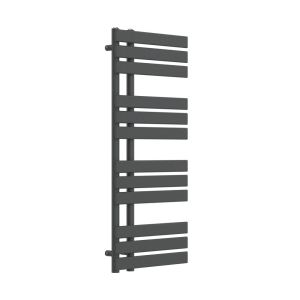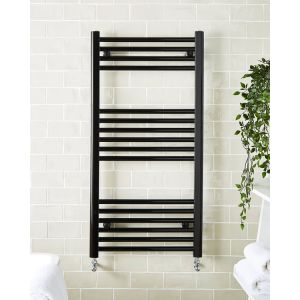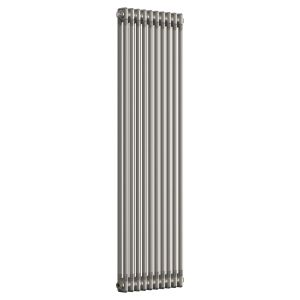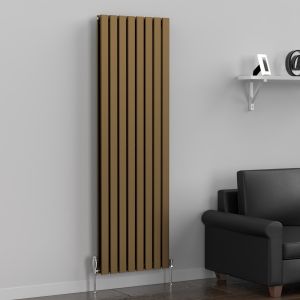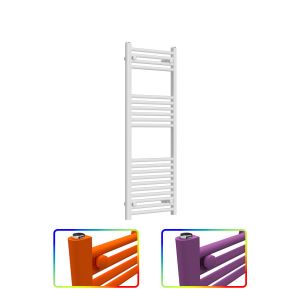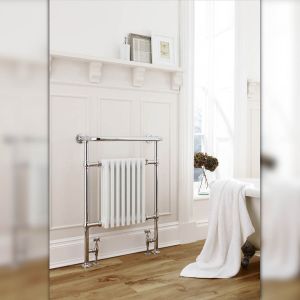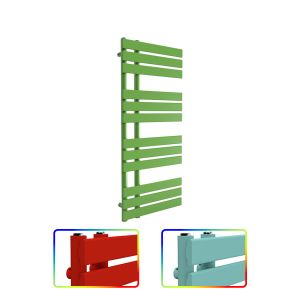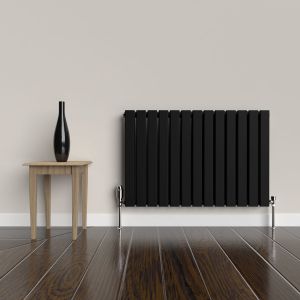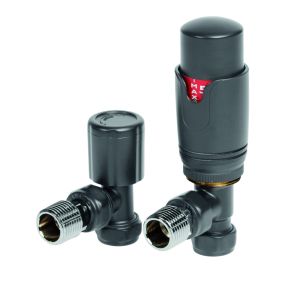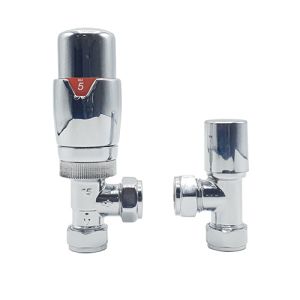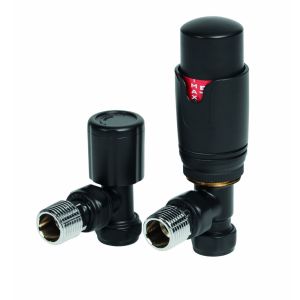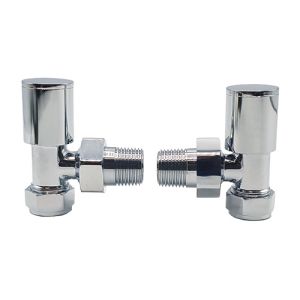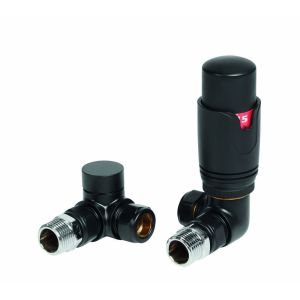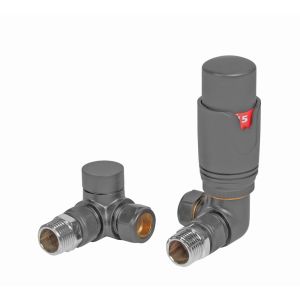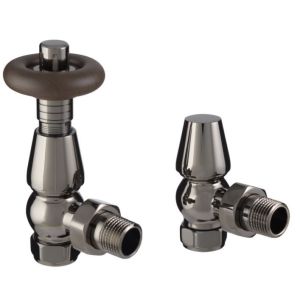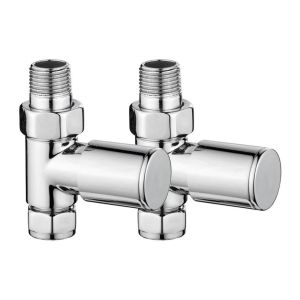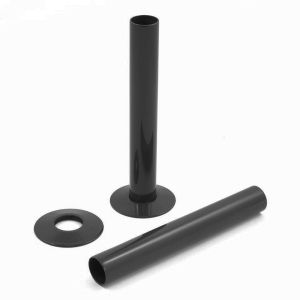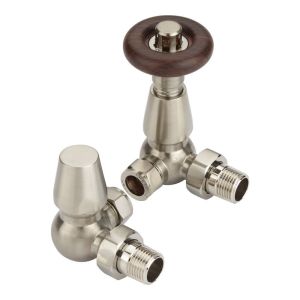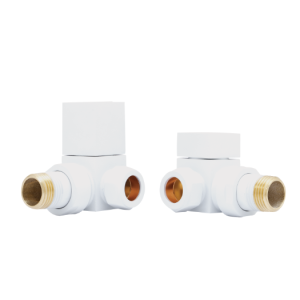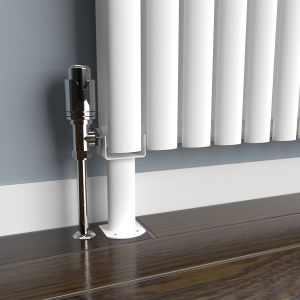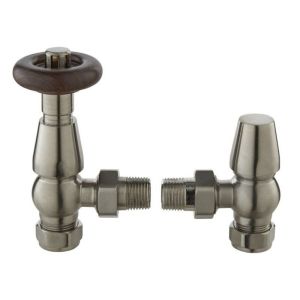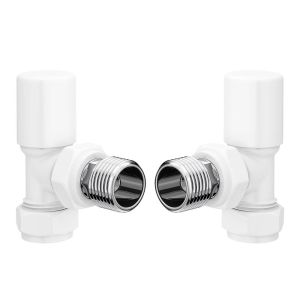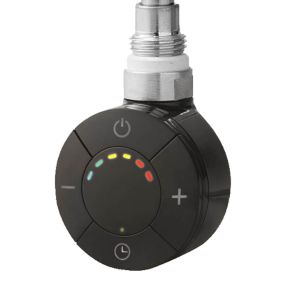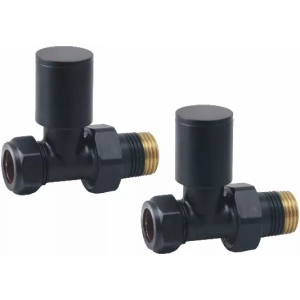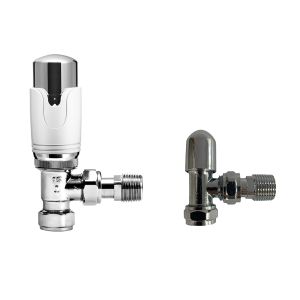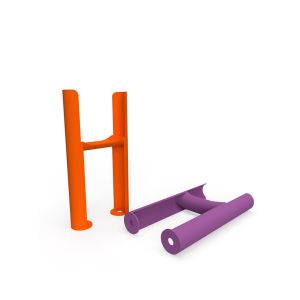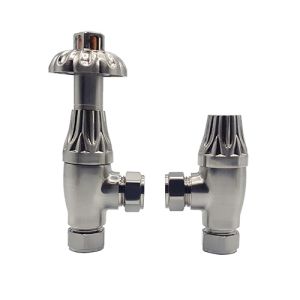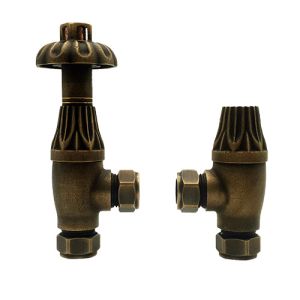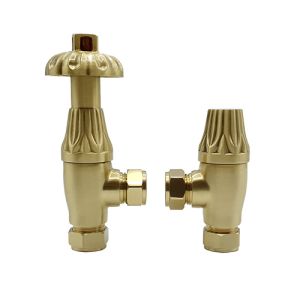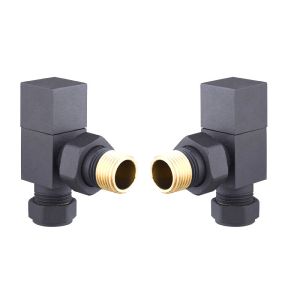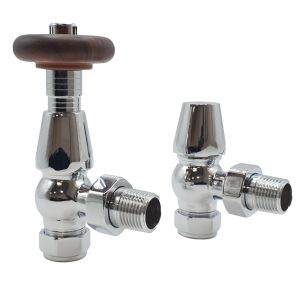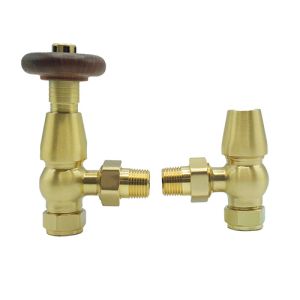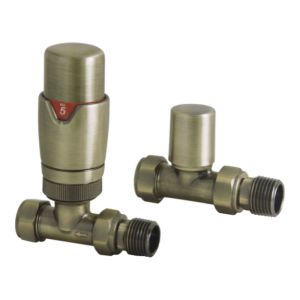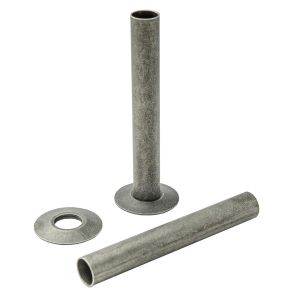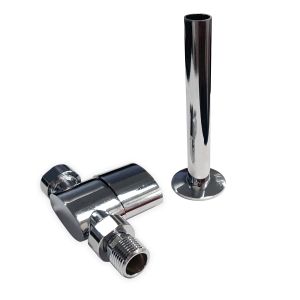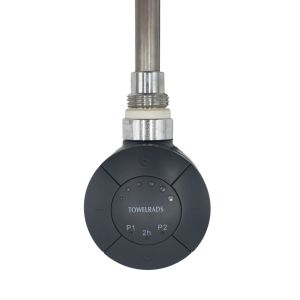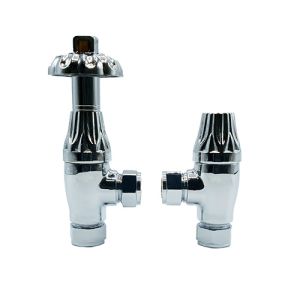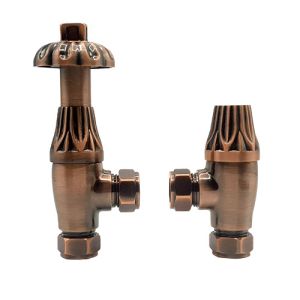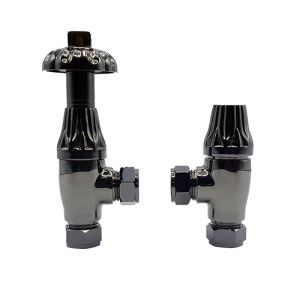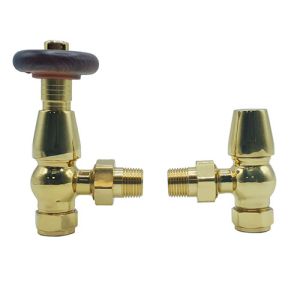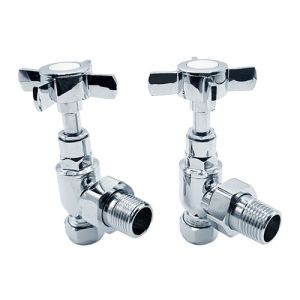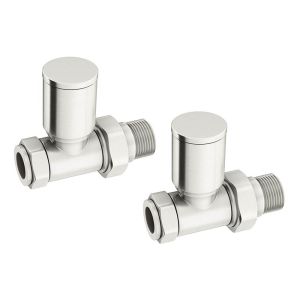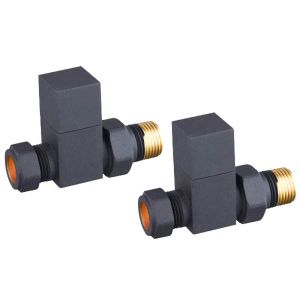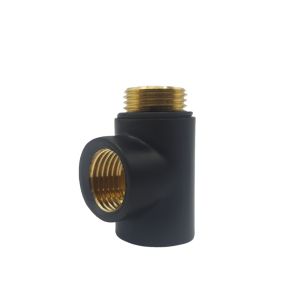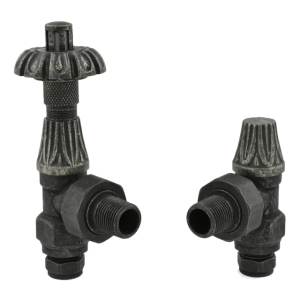Many people across the country will undoubtedly have had their central heating systems turned to low power or even summer mode over the last three months. As heat waves washed over the country, the last thing we’ve been thinking about is how high to turn our radiators and how to avoid freezing pipes. As winter pounces on us, especially with the shock attack of chilliness in recent weeks, we may have had to reassess when our radiators are turned back on.
Of course, with such extremes within weeks of each other, our heating systems may need time to warm up and may not like the sudden change of temperature and even with the heating turning on to full, could end up freezing over. Of course, this is not what you want as the cold weather tightens its grip and can lead to some real long-term problems. Below is everything you need to know about freezing pipes, the problems they can cause, and how you can save those precious tubes of metal from the not-so-inevitable.

Why do pipes freeze over?
Whatever radiator you have, whether it be a bespoke radiator or standard one, the piping always works in the same way. When you turn on your radiator, water will begin to flow through your pipes in accordance with the pressure and temperature you have set your radiator to heat up to. This means that when you turn your radiator off, there will be a certain amount of water left over in the pipes. You don’t come out of the shower completely dry, so why would the inside of your pipes be? This means that when you turn off your radiator, the water residue still left inside will be more prone to freezing over between heat ups.
What this means for your radiator
Whatever the exterior of your radiator, whether it is an anthracite finished or a coloured radiator, all radiators will suffer the same internal problems when it comes to freezing pipes. As we’ll explore below, a frozen pipe can have a lot of negative effects on the radiator system, and will almost definitely lead to an expensive fix if left unattended. Radiators are not cheap, they are a big investment, and a frozen pipe is a problem which will keep on growing. Below are some of the main ways in which a frozen pipe left untended could damage your plumbing system.

No running water
If your pipes have frozen, you’ll get no running water through your system. This means nothing in your taps, in your radiator or in your bath or shower. Trying to run the taps will only exacerbate matters. A frozen pipe will usually mean there is no water anywhere in your system.
No heat to your radiator
If there is no water running through your system, then your radiator won’t be able to heat up. The radiator runs on the central heating and boiler, hot water running through the hollow interior of the radiator unit. WIth a frozen pipe, no water will be able to run through your system.
Potential to burst
A frozen pipe meeting hot water can end very badly indeed. Hot and cold extremes brought into one place can lead to cracks, rapid metal expansion and shrinking, leading to burst pipes and often irreparable damage. Letting your frozen pipes thaw out by themselves isn’t worth the risk of a burst, meaning that you should do everything you can to ensure that they don’t get to that point.
How do you know your pipes are frozen?
With a frozen pipe you’ll find that your water pressure in general is unusually low, and this means that the radiator will take far longer to heat up or won’t at all. What’s more, a complete lack of water pressure might mean a burst pipe somewhere down the line, which can lead to all manner of problems. Understanding just when your pipe might be frozen could be the difference between a whole boiler renewal and a quick thaw. When it comes down to it, knowing the key signs and knowing how to diagnose the problem and its location, is key to keeping your radiator in good health.

It is also a good idea to check these areas, and environments for frozen pipes.
Southern, or warmer climates
In southern or warmer climates, a cold snap or sudden freeze over during winter months may have more of an impact on the piping than a generally colder climate. If you live in a warmer area which has undergone a sudden cold spell, keep an eye on your piping to make sure that it is not adversely affected by the sudden change.
Exterior walls
Piping which is located outside of your walls, or facing out of your house will be exposed to the elements to a greater extent than piping inside the home. Piping outside of the house is usually far less insulated than piping inside, and this means it runs a greater risk of freezing over during colder weather.
Basements and attics
If attics and basements aren’t used as regular living space, say if they have not been converted, then the piping may not have been insulated to the same extent as the rest of the property. The same goes for the spaces themselves, top insulation is usually reserved for areas of the property which people frequent. This means that these areas are more likely to suffer to a greater degree from the cold than the rest of the home.
Signs of a frozen pipe
So what should you look out for when it comes to a frozen pipe. whether connected to the radiator or not, a frozen pipe can wreak havoc on a property if you allow it to. Spotting these signs will allow you to keep a tab on your water pipes health.

Weird smells
If your pipe is blocked, the only way that bad smells can escape the drain is back into your home. This could be all manner of smells, but if it doesn’t smell right, then it might be a sign that your drains are frozen.
Frost on your pipe
Another sign that your pipe has frozen is that there is frost on your pipe. A frozen pipe will only be able to occur if the temperature is right. This means freezing temperatures, below zero degrees. Only at this temperature can your pipes freeze over, so by association, there would be potential frost on the outside of your piping.
Your radiator isn’t flowing or your taps aren’t running
This is a standard sign of frozen piping. Your taps and radiator simply don’t work. Whilst this could be due to a number of different factors, a radiator which won’t get hot or a tap which won’t run, paired with the above clues is a pretty clear indicator of a frozen pipe.
How to combat freezing pipes
When it comes to preventing your pipes from freezing, there are a range of ways to combat the predicament.

Insulate your piping
First off, ensuring that you have invested in pipe insulation is key. You can find great value pipe insulation from many of the best radiator and plumbing experts, and this will ensure that the water in the pipes will always be safe from the cold.
Low heat all winter
Instead of the low heat and short sharp bursts, why not keep your heating on low for prolonged periods of time. This will ensure you don’t overspend on your heating, and keeps your house consistently warm over the winter period whilst also ensuring that your pipes won’t freeze.
Routine tap running
Clean out your pipes by running the taps on a regular basis. This will remove any gunk and clutter from within the system.
Drain and thaw your water system
If worst comes to the worst, you will have to completely drain your plumbing of water and refill it. There are plenty of guides online which can help you drain and thaw your pipes, whilst also ensuring that you are safe whilst doing it.
How to thaw your pipes
Pipe thawing is a sure-fire way of unblocking your frozen pipes.

Firstly, turn on the taps in each of your rooms, relieving concentrated pressure and spreading it across the whole property. You will be able to find the blocked pipe by finding which tap has little to no pressure.
Whether you have found the source of the blockage or not, it is time to turn up the heat in your home. Bringing the heat up and increasing the circulation throughout the property will undoubtedly begin to thaw out the freeze.
If the thaw has not yet occurred, use a hair dryer or heating fan to hone in on the blockages. If you can’t reach the pipe with an electrical device, try a rag or cloth soaked in hot water, applied to the area. Don’t go all out and use a flame, this might run the risk of breaking the pipe and cause more problems than your pipes freezing.
If you need any more help or advice please contact us today. Our team of specialists is more than happy to help you out or offer advice.












